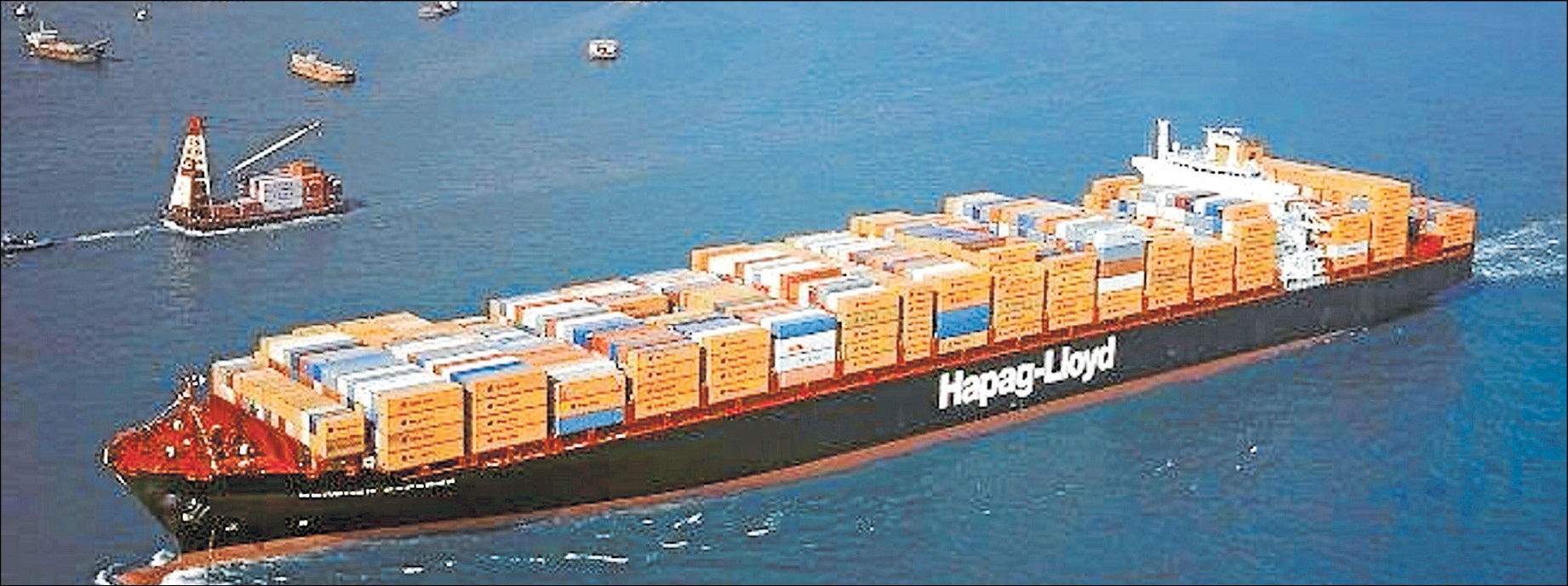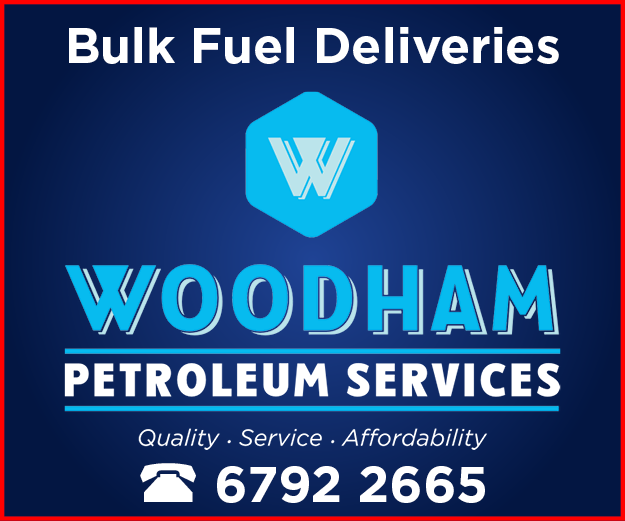The best infrastructure projects in New South Wales’ history have been the ones undertaken in preparation for future needs.
The Snowy Hydro and the Sydney Harbour Bridge are iconic examples.
The projects that end up costing the taxpayer the most and seem to never quite get it right are those that are built after the need has become chronic.
The Inland Rail is a key, transformative, nation-building project that will change the way freight is moved domestically and internationally.
This has significant implications for major centres such as Narrabri, particularly given progress on the planned Northern NSW Inland Port.
We are a trade-dependent nation with a growing freight task.
We can ill-afford to be flat-footed when the world is moving quickly to greater economies-of-scale.
This requires integrated and advanced planning.
There is great opportunity for Australia, particularly regional Australia, to revitalise communities, boost jobs and promote economic growth and development.
The Federal Government is to be congratulated for recognising and investing in rail as a long-haul freight solution.
But the responsibility of handling the growing freight task cannot rest on governments forever.
The public purse should not always be called upon.
Port of Newcastle has grown on the excellence of its rail connections. Heavy-gauge rail with capacity for long trains provides reliability and cost-effectiveness for businesses.
It is fundamental to Newcastle’s success as a port but so too Australia’s economic future.
The importance of rail cannot be understated when you consider trends in global shipping.
Since its invention in the 1960s, the humble shipping container has become ubiquitous in its simplicity and flexibility.
A shipping container can go just about anywhere in the world, making it an incredibly efficient way to move freight.
But shipping lines are extracting more efficiency by moving to bigger ships.
Data from Lloyd’s List Intelligence, which echoes other available research, shows that the workhorse of global shipping is now carrying more than 11,000 standard shipping containers (or twenty-foot equivalent units, TEU).
While Australian ports cannot handle a ship that size, these vessels account for more than three-quarters of new global capacity.
They are being built at four times the rate of those considered by Australian ports to be “large”.
The next level up – the Ultra Large Container Vessel (ULCVs) – starts at capacity of 14,000 TEU and goes up as high as 23,000 TEU.
This is more than four times the size of the Australian average.
These ULCVs already make up more than half of all newbuild capacity. Sadly, all of that capacity will bypass Australia.
Our ports are not built for ships this size.
There are many barriers here – some insurmountable, others requiring radical planning and expensive public investment.
The recently released National Freight and Supply Chain Strategy notes that Australia’s freight productivity and costs have plateaued, with little change in real freight costs since the 1990s.
This hurts our international competitiveness. It hurts exporters and importers across Australia.
That impact will be even more pronounced given the world is moving to bigger ships that we cannot accommodate.
To get the cost savings, ports have to be able to handle these large vessels and, most importantly, quickly.
Ports around the world – from North America to Asia and Europe – have been upsizing their infrastructure to service these larger vessels, ensuring they have deeper and/or wider channels, longer quay lines and quay cranes.
They have also made radical investments in rail.
The global experience is that ports can expand all they want, but the landside connections need to be able to cope or the cost savings are not generated.
It means clearing containers from the wharves and getting them into intermodal centres, in great volumes, quickly.
That means automation and long trains of 1200 to 1800 metres.
In Australia, ports are today further away from their long-term rail share targets than they were last century. The environmental and efficiency cost cannot be understated.
Urban planners are faced with the unenviable task of juggling the competing demands inherent in managing growing metropolitan areas.
Growing urban populations mean passenger trains need more time on the network at the cost of freight. Other nations have faced similar challenges.
While ports across Asia, North American and Europe invest billions to accommodate ULCVs, in some cases building new ports, it is on the landside that some of the big investments are made.
In California, the home of the personal motor vehicle, there is a project to do the previously unthinkable: closing down a freeway and replacing it with rail specifically targeted at moving containers to and from the port.
Port of Newcastle’s plans for a multipurpose, deepwater container terminal are founded on the ability to bring long trains right to the berth.
The Port has ample land and a deep channel able to handle the ULCVs.
The $1.8 billion cost is paid by private investors, not taxpayers.
The Port will be connected to the Inland Rail from Day One – it is ideally placed as the connection between the inland freight artery and global markets.
Inland Rail will work because of inland ports such as the one proposed for Narrabri.
Regional communities are set to benefit from the connection between their inland port and Newcastle’s sea port.
These critical supply chain alliances will unlock immense economic opportunities – cheaper and more efficient access to global markets for places from Parkes to Narrabri and Moree.
Container ships are growing in size, but so too is the overall volume of containerised freight.
Even our agricultural products are increasingly moving by containers because of the superior quality controls and end-to-end management that enables small parcels of food products to reach far-flung parts of the world without needing expensive handling equipment.
Rail will be critical in managing that supply chain.
Projects such as the Inland Rail, Northern NSW Inland Port and the Newcastle Container Terminal must offer a good public outcome.
If we do not offer the best price, efficiency and reliability, then we do not deserve the trade.
Private operators must be forced to compete – investing in productivity and efficiency will only happen when there is competitive tension.
That would be a good outcome for Australia.
By CEO of Port of Newcastle, Craig Carmody
To order photos from this page click here







Australia Day a chance to reflect on exceptional community service
In every corner of Australia, community service is placed in the spotlight on Australia Day. People from all walks of life come together to celebrate achievement at all levels, from the presentation of Australia Day Honours to acknowledging dedication at a community level. Narrabri Shire has no shortage of great achievers and this was evident at the presentation of local Australia Day awards on Friday morning. The presentation of awards is a reminder of extraordinary service to the community. This service takes many forms, through community groups, sporting clubs, achievements and just generally being a person who is both kind […]